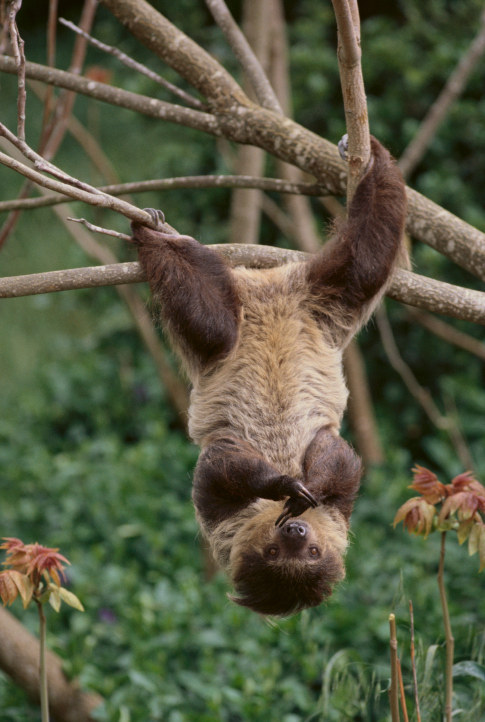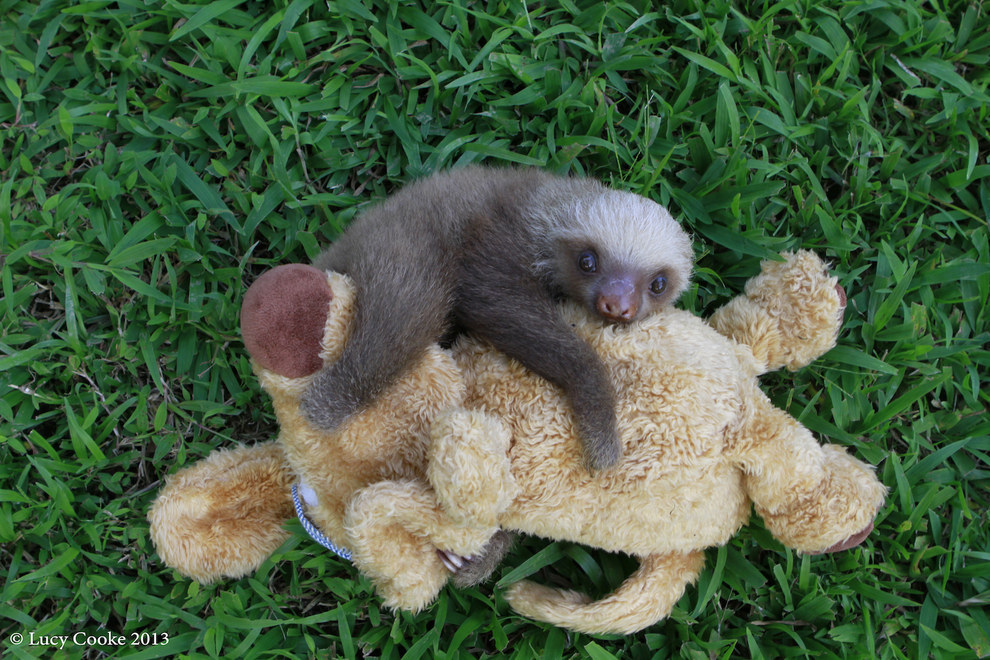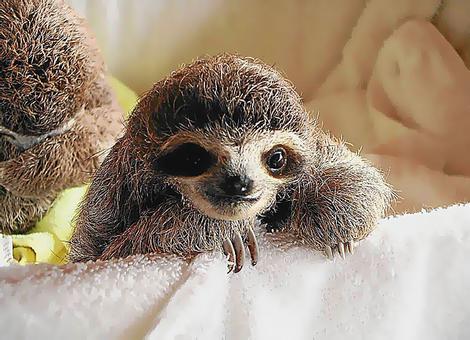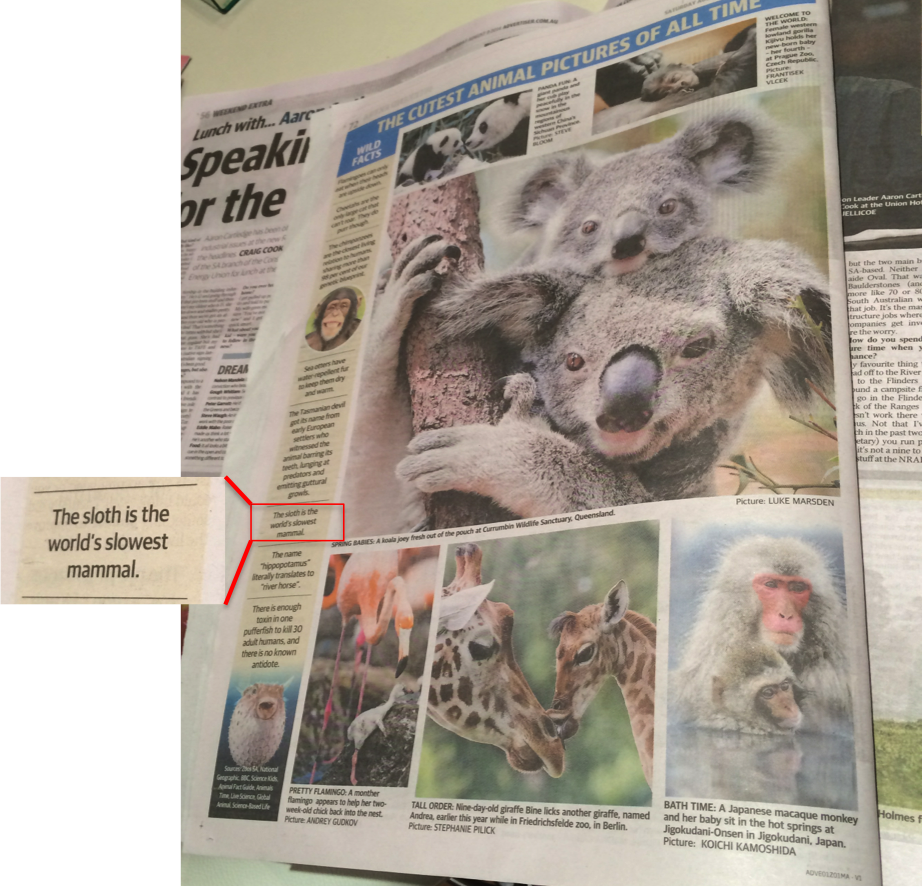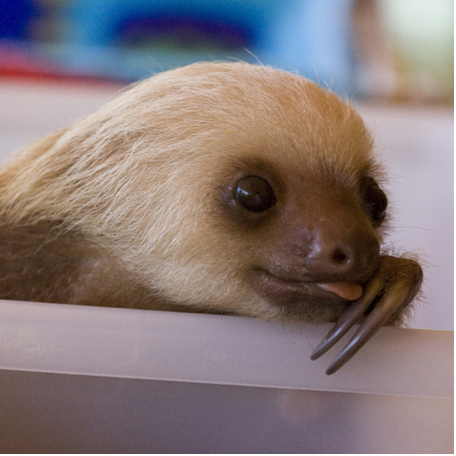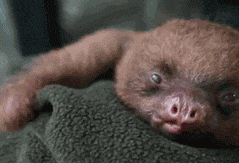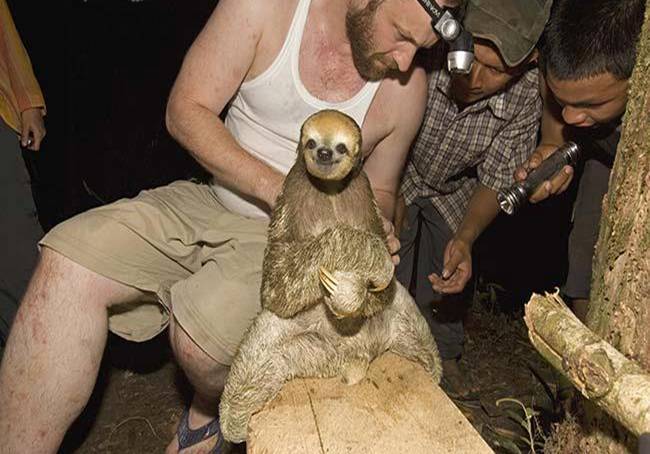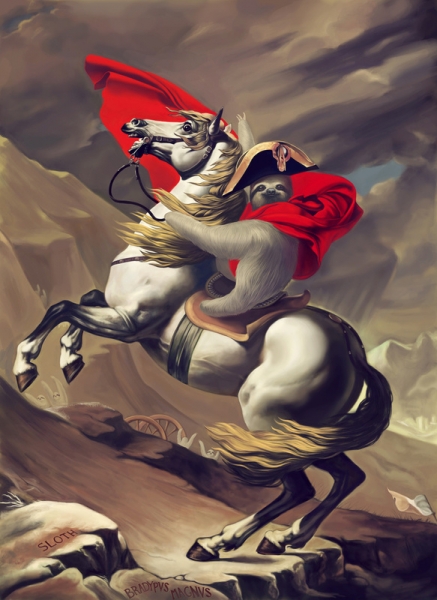More slothy info for you all! Apparently, sloth evolution wasn’t so… well, SLOTHY… after all. More than 50 different sloth species used to exist! Can you imagine!!?? Now there’s only 6 left.
In times past, there was actually a trend towards sloths evolving to be LARGER over a very short period of time, but due to various unknown events in history, the only sloths that survived to modern day are those that were small and that lived in the trees. Here’s the link to the Journal Article in BMC Evolutionary Biology, or the lay summary of sloth evolution by IFLS, or a short snippet and pics on Buzzfeed.
